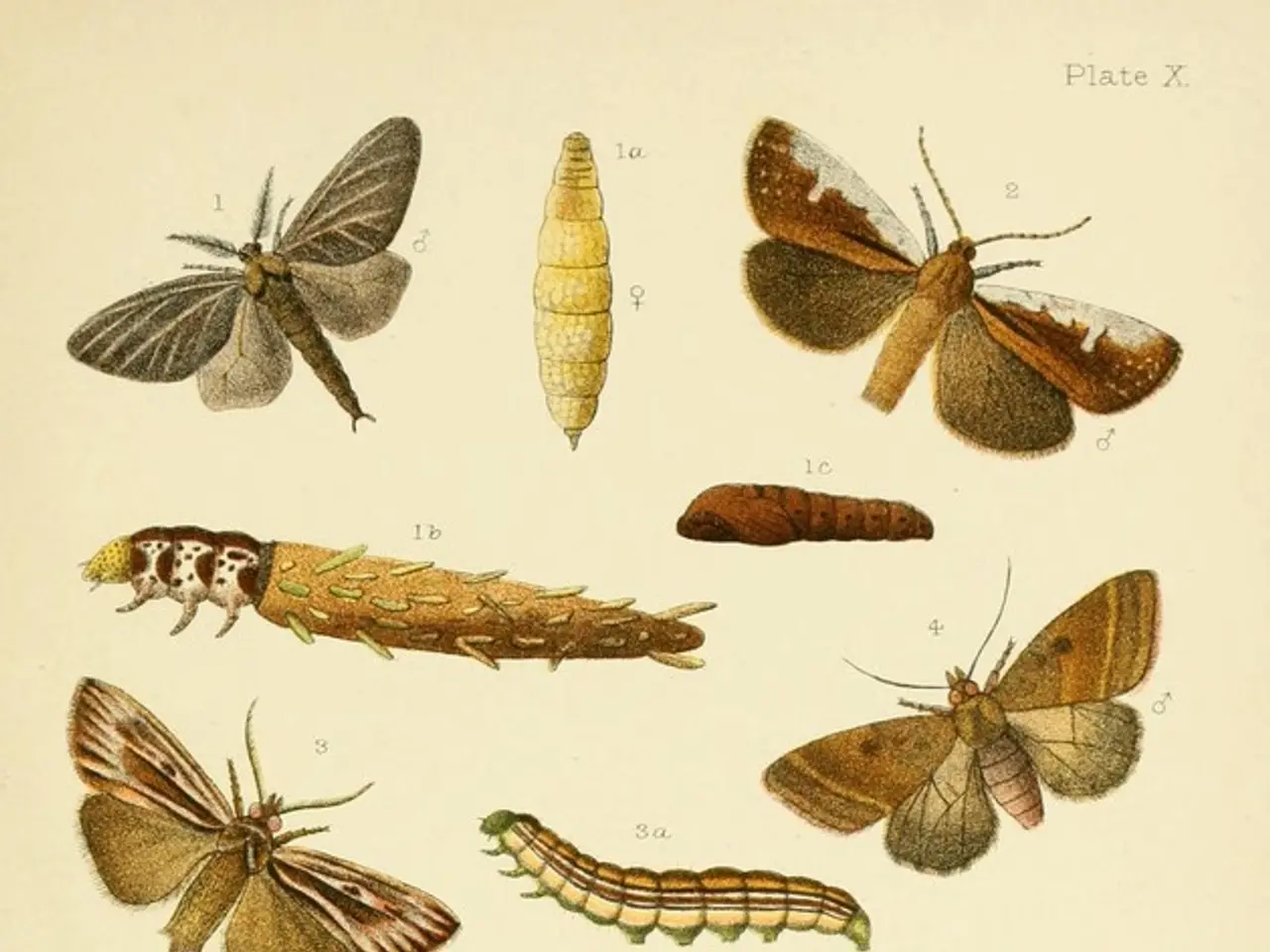Extinct Xerces Blue Butterfly DNA Analysis Confirms Unique Species
A 93-year-old Xerces blue butterfly, preserved since 1941, has been DNA analysed. The results confirm it as a unique species, distinct from the silvery blue, and not just an isolated population. This iconic insect, once native to the San Francisco Peninsula, is now extinct, a victim of human-driven habitat loss.
The Xerces blue butterfly was last spotted in 1941. Its extinction, caused by urban development, serves as a stark reminder of the impact of human activities on biodiversity. Insects, like the Xerces blue, play a vital role in maintaining healthy ecosystems. Each loss has significant consequences.
In 2023, scientists from the Barcelona Natural Sciences Museum and other institutions sequenced the butterfly's complete genome. This breakthrough could pave the way for de-extinction efforts. The Xerces blue is considered the first American insect species to go extinct due to human activities, making it an excellent candidate for revival.
The Xerces blue butterfly's extinction and potential de-extinction highlight the pressing need to protect other species. With the world facing an insect apocalypse and possibly a sixth mass extinction, understanding and preserving biodiversity is more crucial than ever.







